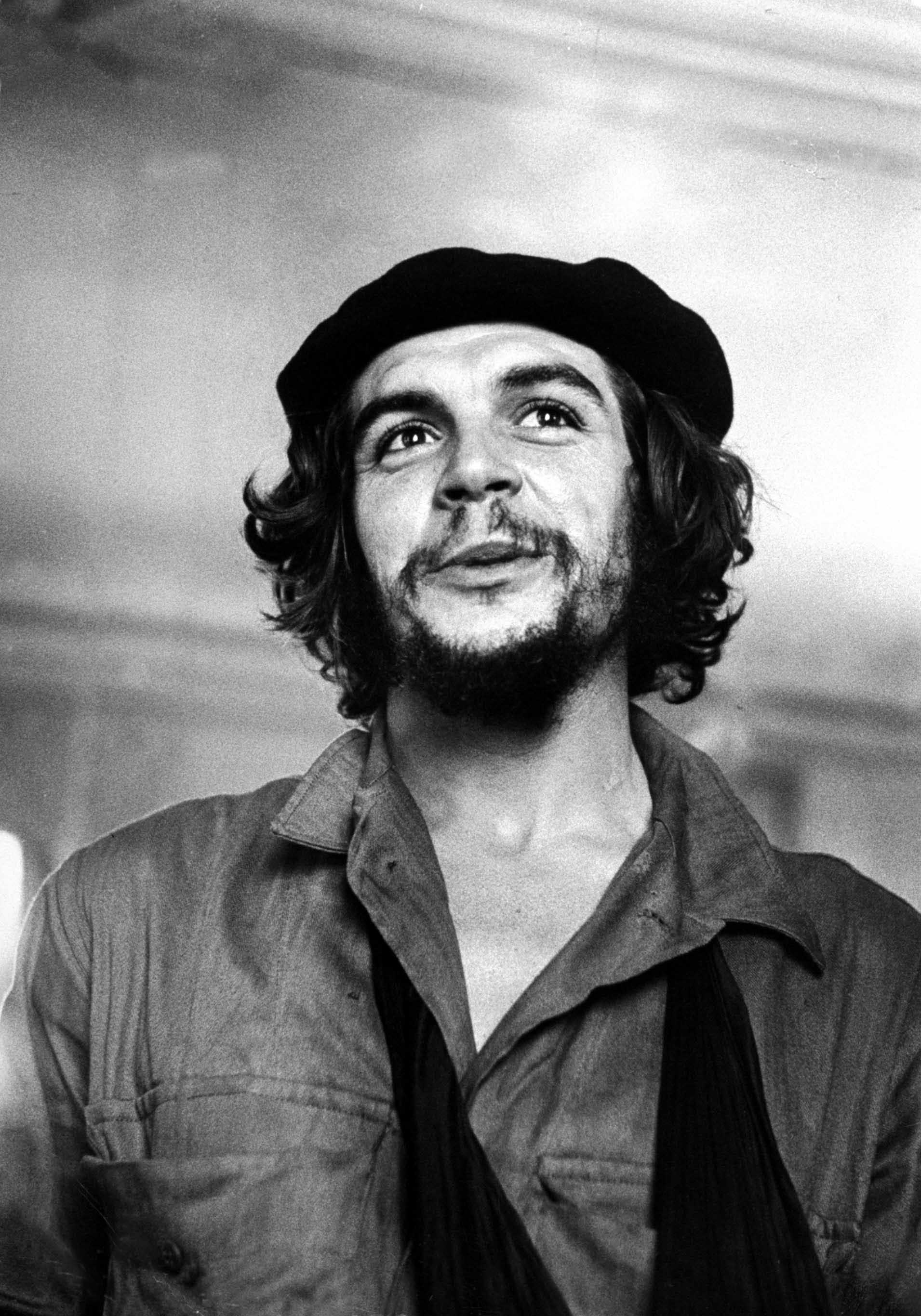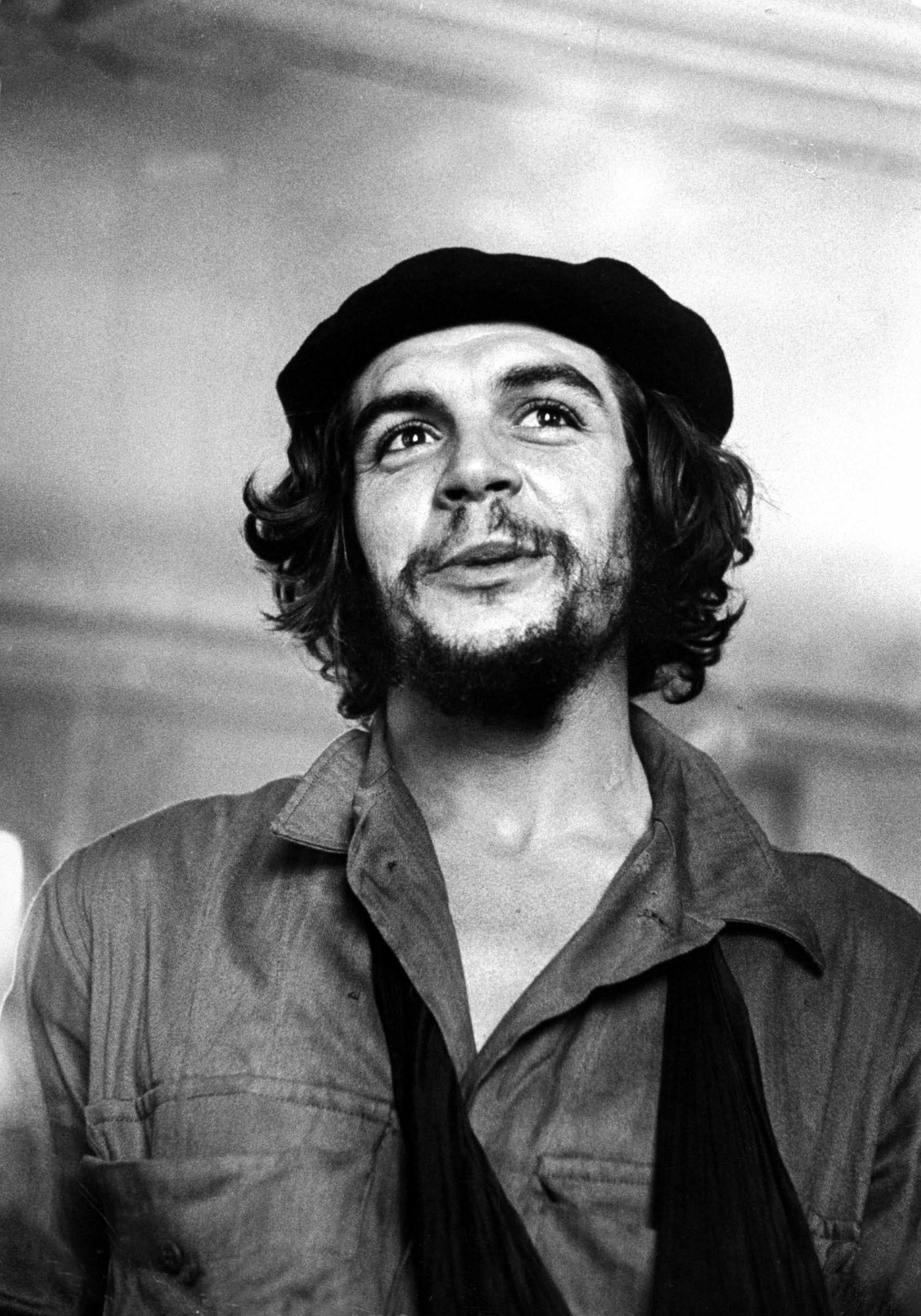
Ernesto “Che” Guevara, the Argentine Marxist and guerrilla fighter whose famous portrait by Alberto Korda still adorns everything from t-shirts and baseball caps to hagiographic murals, MAD magazine covers and high-end panties, was killed 47 years ago, on Oct. 9, 1967. He had been captured—with the help of CIA operatives—in Bolivia, where he was attempting to spark a continent-wide revolution in the mold of the Cuban rebellion of the previous decade.
The wounded Guevara was held for questioning for two days, and was eventually executed—shot nine times—by a sergeant in the Bolivian army.
In July 1960, LIFE magazine—in a multi-page feature titled, “Communism’s Take-Over in Castro’s Cuba”—wrote this of Guevara, Fidel Castro and the nascent Republic of Cuba:
Castro nominated himself the messiah of Latin American underdogs using one instrument—his voice. And although his wildly histrionic performances often make him appear a certifiable lunatic, the power of his magnetic appeal cannot be denied. . . . But since he does almost no real work himself, the material power of his regime rests with his chosen aides. Chief among them, and probably the most sinister, are his brother Raúl and the Argentine party-liner Ernest (Che) Guevara.
That’s an overly simplistic characterization of the post-Batista power structure in Cuba, but there’s no question that, for several years, no other rebel in Havana was closer to Castro, or wielded as much power, as Guevara. And that striking phrase applied to Castro—”the power of his magnetic appeal”—could just as aptly be applied to Guevara. Even his staunchest detractors concede that the man had a certain rough charisma, and the picture above, made by LIFE’s Joe Scherschel in Havana in 1959, captures some of that magnetism.
But the complexity of Guevara’s legacy—the wildly divergent perceptions of the man, which lend a Rorschach-test air to any discussion of his faults and his merits—are in many ways far more fascinating, and more telling, than any litany of mere facts about his life.
For example, for countless people around the globe, Guevara is the paragon of the freedom fighter: a fearless, selfless defender of the downtrodden who gave his life battling to liberate all of Latin America from the yoke of imperialist—i.e., American—oppression and exploitation.
For others, he’s little more than a glorified thug—an unimaginative and brutal commissar who imprisoned, tortured and killed those who disagreed with him (or those who happened to be gay, or Jehovah’s Witnesses, or displayed any number of other “anti-revolutionary” tendencies).
Finally, there are those—and sadly, they’re probably in the majority—who know absolutely nothing about the Cuban Revolution, or Castro, or Guevara, or Fulgencio Batista, but who love rocking those Che t-shirts and wrist cuffs and key chains because . . . well, he kind of looks like Metallica’s bass player, doesn’t he? And he was probably a cool guy when he was alive, right? A real stick-it-to-The-Man rebel?
At this point, of course, it’s unlikely that anyone, anywhere, who has fashioned an informed opinion of Che Guevara is going to change his or her mind about the man, no matter how cogent or impassioned the arguments on the other side might be.
In the end, it is at least marginally amusing to imagine what Guevara himself would say if he could see that his most lasting influence might not reside in the realm of geopolitics, or socialist or military theory, but in the pocketbooks of those eager capitalists who, for the past five decades, have been selling his image—silk-screened on every piece of clothing and every accessory they can get their hands on.
[Read a TIME.com interview with the authors of the book, Hunting Che]

More Must-Reads from TIME
- Cybersecurity Experts Are Sounding the Alarm on DOGE
- Meet the 2025 Women of the Year
- The Harsh Truth About Disability Inclusion
- Why Do More Young Adults Have Cancer?
- Colman Domingo Leads With Radical Love
- How to Get Better at Doing Things Alone
- Michelle Zauner Stares Down the Darkness
Contact us at letters@time.com